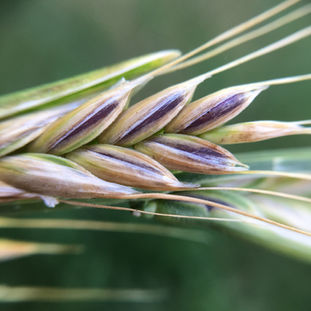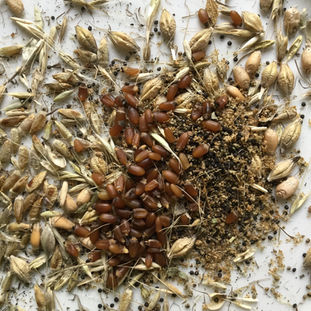Flies
43 species of fly have become extinct in England in the last 200 years, 10 of which are shown below

Species: Belida angelicae
Extinct: 1936

Species: Clitellaria ephippium
Extinct: 1850
© John Reinecke
© Hectonichus


DARNEL
Lolium temulentum

Once a common arable plant, Darnel experienced a severe decline at the beginning of the 20th Century.
-
Rarity: Few, if any, stable locations
-
Cause of decline: Changing agricultural practices
Archeophytes Project
This project aimed to re-introduce Darnel (Lolium temulentum) and Upright Goosefoot (Oxybasis urbica) back to a range of sites across England.
The project first involved obtaining seeds for both species, which for Darnel involved an expedition to Inish Meain, in the Arran Isles off the west cost of Ireland.
Seeds from both species were grown in a range of test sites across southern England, with all excess seed being donated to the Millenium Seedbank, ensuring they held a good mixture of seeds types.
In situ trials for both species were frustrating, beset by flooding, heatwaves and escaping goats. In the meantime several 'wild' populations of Upright Goosefoot started appearing on manure heaps around England, although all our investigations into where this material was originating (with our chief suspect cattle food imported from central Europe) hit blind alleys. Eventually it was decided to halt attempts to re-introduce the species to the wild, and feel content that the MSB now has significant holdings of each species which can be used to supply any future attempts to re-establish the plants in the wild.










